Japan’s 5 Most Revered Teas and the Artistry Behind Them
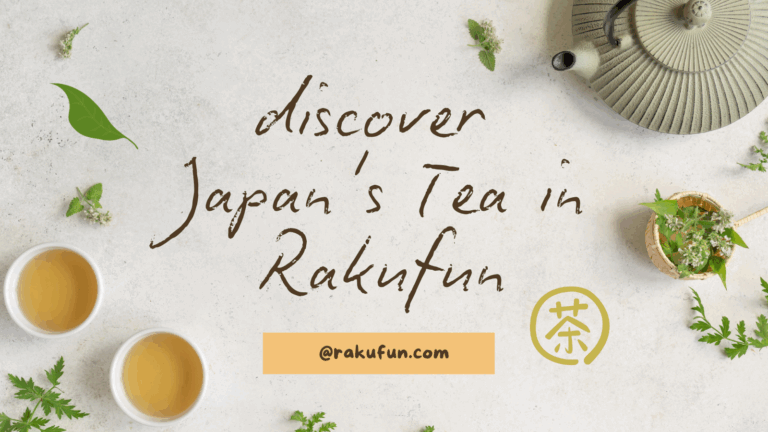
Japan’s tea culture transcends mere refreshment—it’s a meditation, a historical dialogue, and a testament to precision. Most people outside Japan encounter Japanese tea primarily through matcha, that vibrant green powder that has found its way into everything from lattes to ice cream. Yet this represents merely the surface of a profound and nuanced world. Japan’s tea tradition spans hundreds of unique varieties, each with its own history, production method, and cultural significance—many of which remain virtually unknown beyond their regional origins. While matcha has conquered global cafes, the true depth of Japanese tea lies in centuries-old techniques, terroir-driven diversity, and rituals that turn drinking into an art. Here, we unveil five iconic teas that define Japan’s heritage, along with the untold stories behind their craft.
The Alchemy of Shade and Steam: Japan’s Tea Philosophy
Unlike most tea-producing nations, Japan specializes almost exclusively in unoxidized green teas, preserving chlorophyll’s vibrant hue and amino acids like L-theanine. The secret? A unique “kill-green” (kamairi) method: steaming fresh leaves within hours of harvest to halt oxidation. This contrasts with Chinese pan-firing, yielding a distinct “vegetal-sweet” profile. But Japan’s mastery goes deeper—shading tea plants weeks before harvest. By blocking 70–90% of sunlight, farmers boost chlorophyll and the savory umami of amino acids, a technique perfected for teas like gyokuro and matcha.
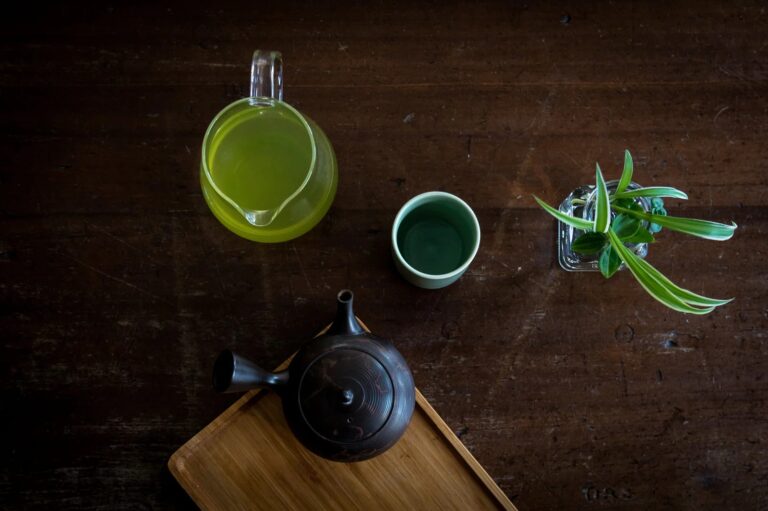
The Five Pillars of Japanese Tea Excellence
-
Matcha: Beyond the Ceremony While matcha is synonymous with Zen Buddhism’s chanoyu (tea ceremony), its cultivation is a feat of precision. Tencha leaves—destined for matcha—are shaded for 20–30 days, deveined, and stone-ground into talc-fine powder. The result? A vivid jade-green infusion packed with nutrients. Modern chefs harness its complexity in savory dishes (think matcha-salted tempura) and cocktails, revealing its versatility beyond sweets. Little-known fact: Top-tier ceremonial matcha uses only spring’s first flush, while culinary grades blend later harvests.
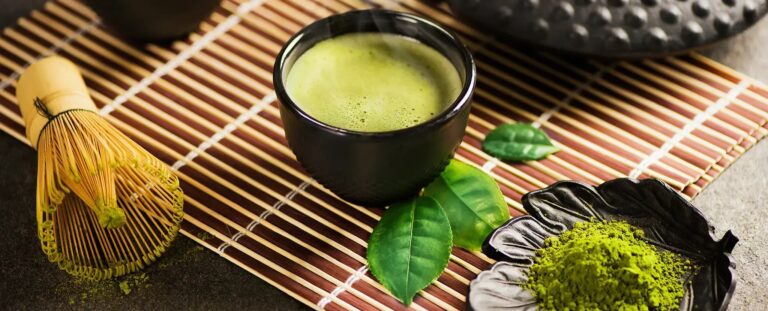
-
Gyokuro: The Umami Jewel Shaded even longer than matcha (up to 30 days), gyokuro’s leaves develop an oceanic sweetness. Brewed at just 50–60°C (122–140°F)—far cooler than other teas—it extracts glutamate-rich liquor without bitterness. Historically dubbed “jade dew” for its pale-green opalescence, it’s sipped from tiny cups to savor its broth-like richness. Try it alongside dark chocolate for an umami-cacao revelation.
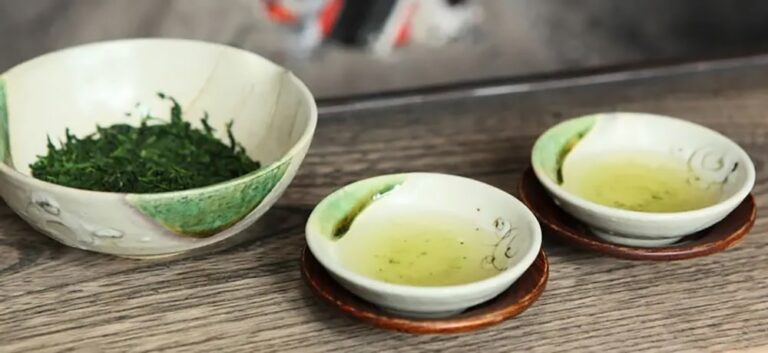
-
Sencha:Japan’s Everyday Elixir Accounting for 80% of domestic production, sencha is Japan’s daily staple. Unlike shaded teas, it basks in full sun, yielding a balanced astringency and grassy sweetness. Regional variations abound: Shizuoka’s fukamushi-sencha (deep-steamed) brews cloudy and mellow, while Kyoto’s asamushi (light-steamed) is floral and clear. Pro tip: First-flush (shincha) sencha, available in May, is highly prized for its lively, aromatic notes.
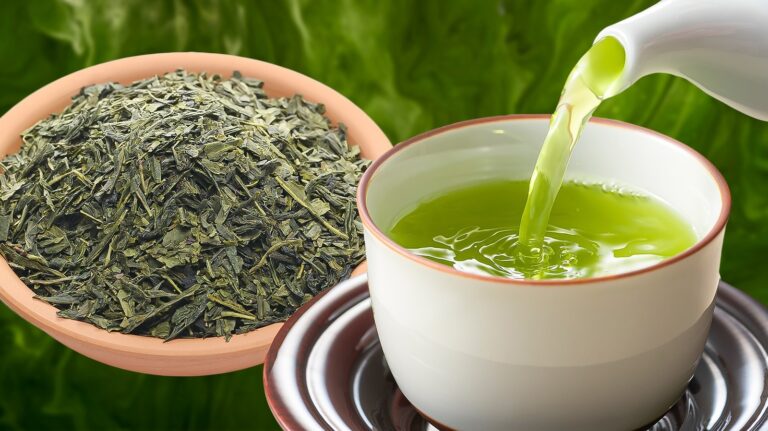
-
Hojicha: The Comforting Roast Born in 1920s Kyoto, hojicha was an inventive response to surplus tea twigs. By roasting sencha or bancha over charcoal, producers created a caramel-hued, low-caffeine brew with notes of smoke and toasted grain. Its warmth and accessibility—often served to children and hospital patients—make it Japan’s answer to comfort tea.
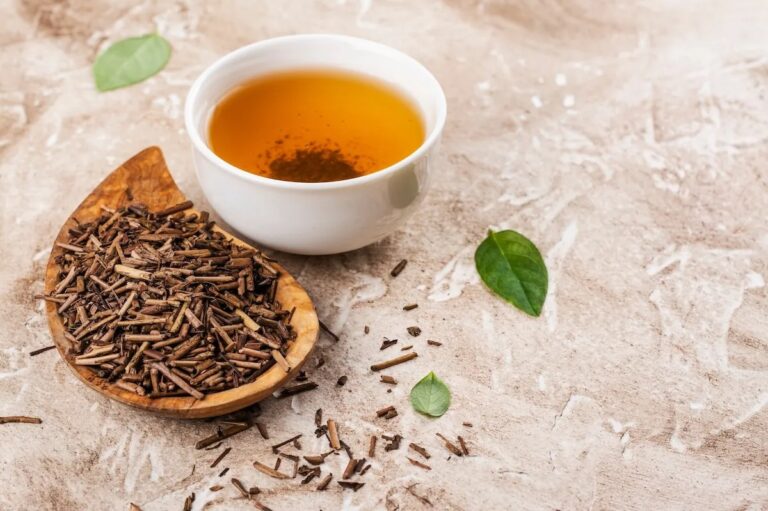
-
Genmaicha: The People’s Tea A frugal Edo-era innovation, genmaicha blends bancha (late-harvest tea) with roasted brown rice. When heated, rice kernels “pop” like miniature popcorn, infusing the cup with nutty, savory notes. Once a working-class staple, it’s now beloved for pairing with oily foods—its enzymes cut richness beautifully.
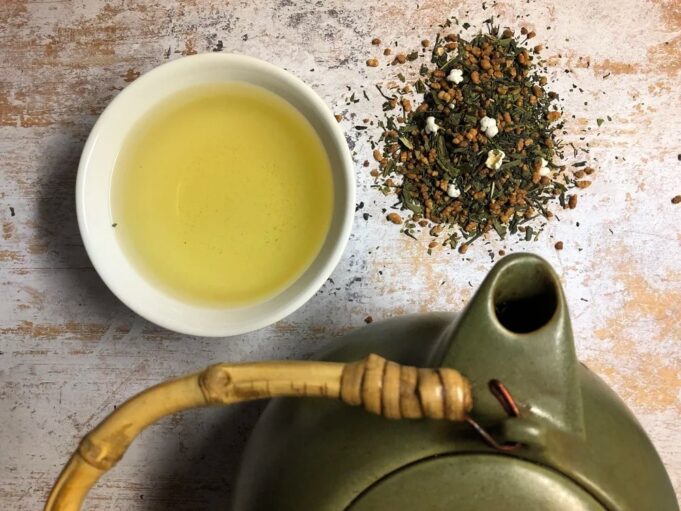
Sacred Terroirs: Where Japan’s Teas Grow
- Uji, Kyoto: Japan’s oldest tea region, linked to Zen monks. Its misty hills yield matcha and gyokuro of ceremonial pedigree.
- Shizuoka: Produces 40% of Japan’s tea, famed for sencha with views of Mount Fuji.
- Kagoshima: Volcanic soils and a subtropical climate allow early harvests of vibrant, aromatic leaves.
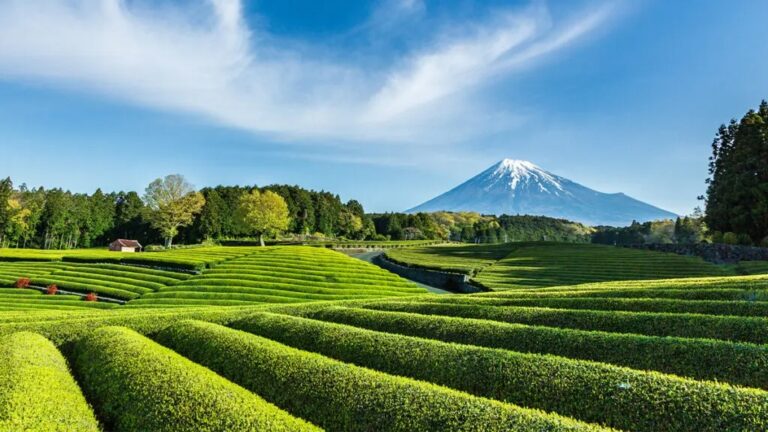
Beyond the Ceremony: Modern Rituals
While tea ceremonies endure, Japan’s ocha (tea) culture thrives in subtle daily acts:
- Office Omotenashi: Serving tea to guests in meetings is a gesture of respect, not mere refreshment.
- Bottled Mastery: Brands like ITO EN transform sencha into ready-to-drink art, preserving nuanced flavors in PET bottles—a $14 billion industry.
- Tea Room Democracy: Historically, sipping matcha in a chashitsu (tea room) dissolved class barriers—a tradition echoing today in public tea salons.
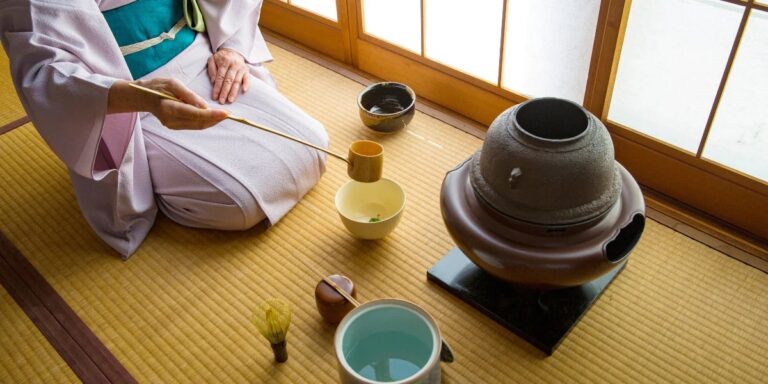
Experience Authenticity with Rakufun
Exploring Japan’s tea legacy demands access to artisanal producers, from Uji’s centuries-old farms to Shizuoka’s innovators. Rakufun bridges this gap. As a trusted Japanese proxy service, Rakufun sources directly from local markets (Mercari, Rakuten, Amazon JP), offering:
- Rare Finds: Limited-edition shincha harvests or single-estate matcha.
- Tea Ceremony Tools: Authentic chasen (bamboo whisks), chawans (bowls), and Tokoname clay teapots.
- Zero Hassle: Global shipping, consolidated packaging, and multilingual support.
Why settle for commodified imports? With Rakufun, you unlock teas untouched by mass export compromises—each cup a tribute to Japan’s living heritage.
(Explore Rakufun’s curated tea collections: www.rakufun.com) .
Rakufun simplifies Japanese proxy shopping and global shipping, your all-in-one app for a seamless, fee-free experience:https://blog.rakufun.com/?p=9632

